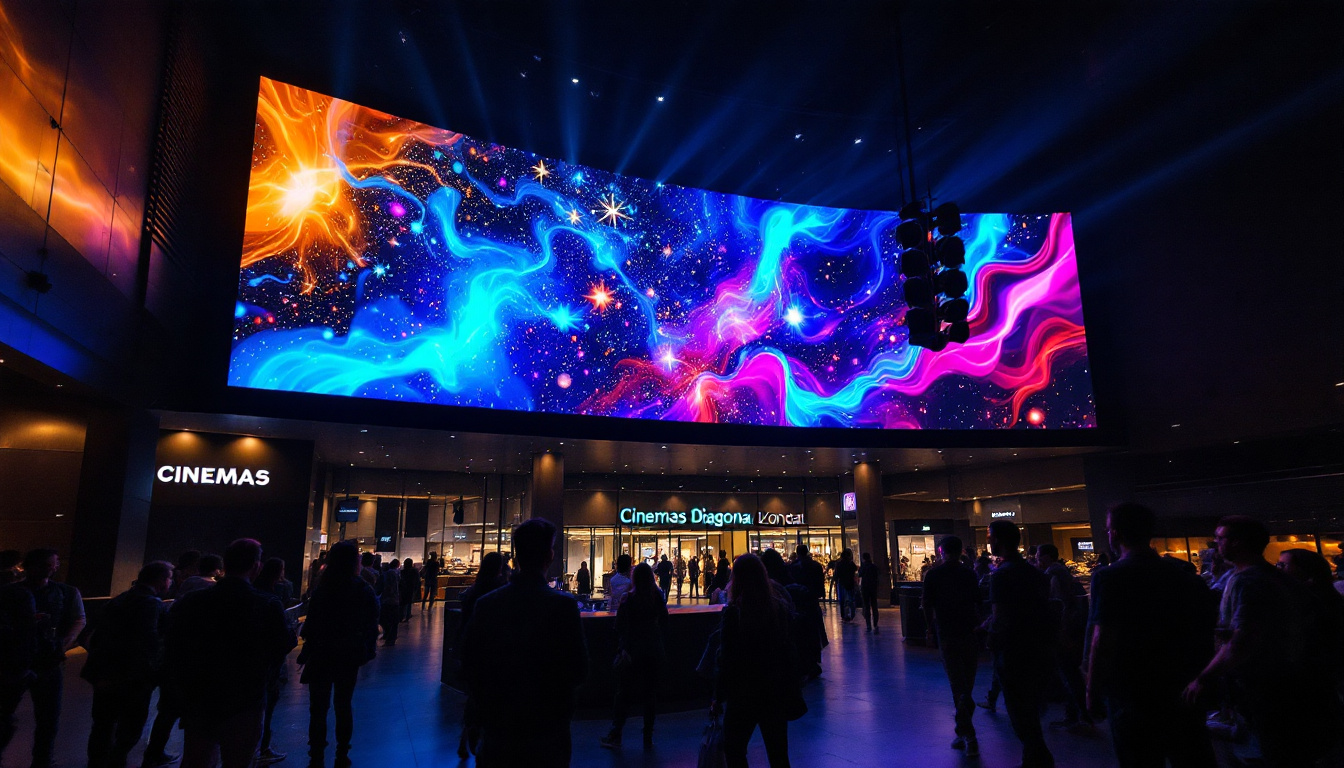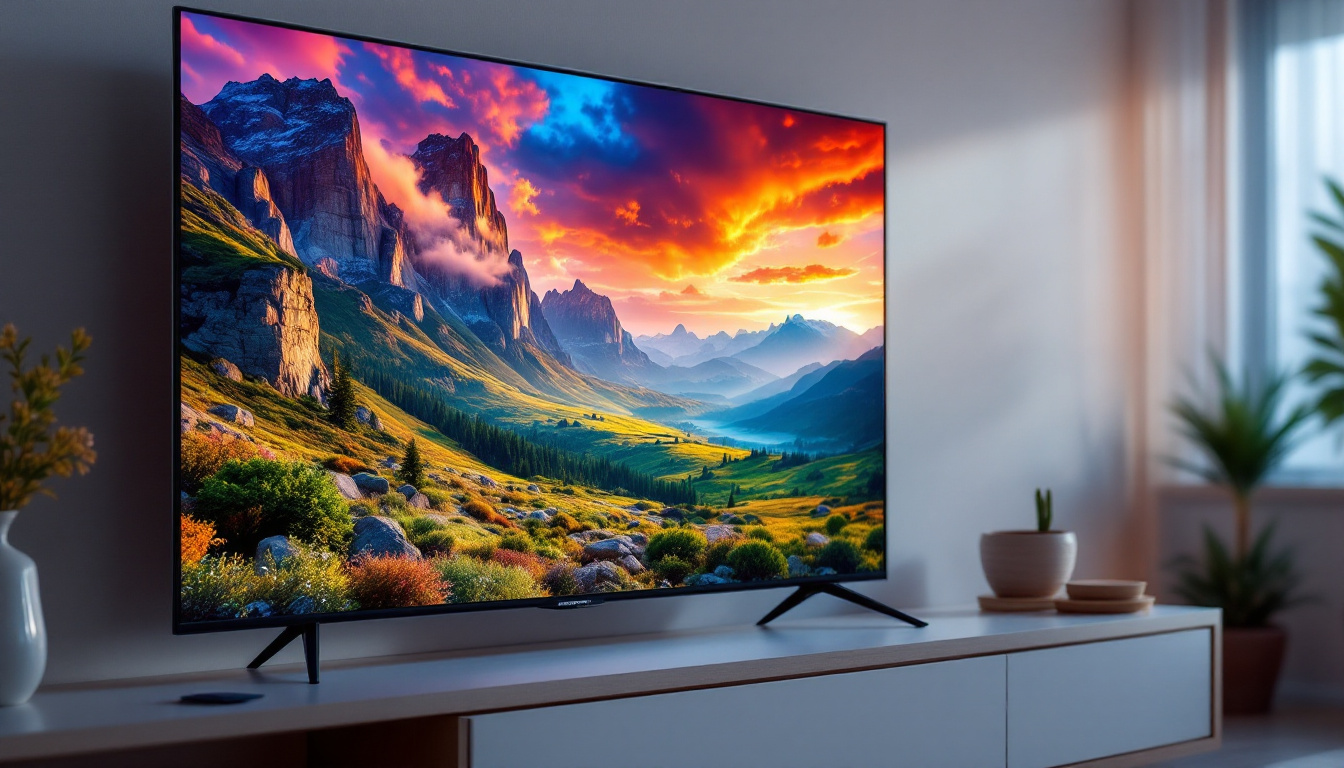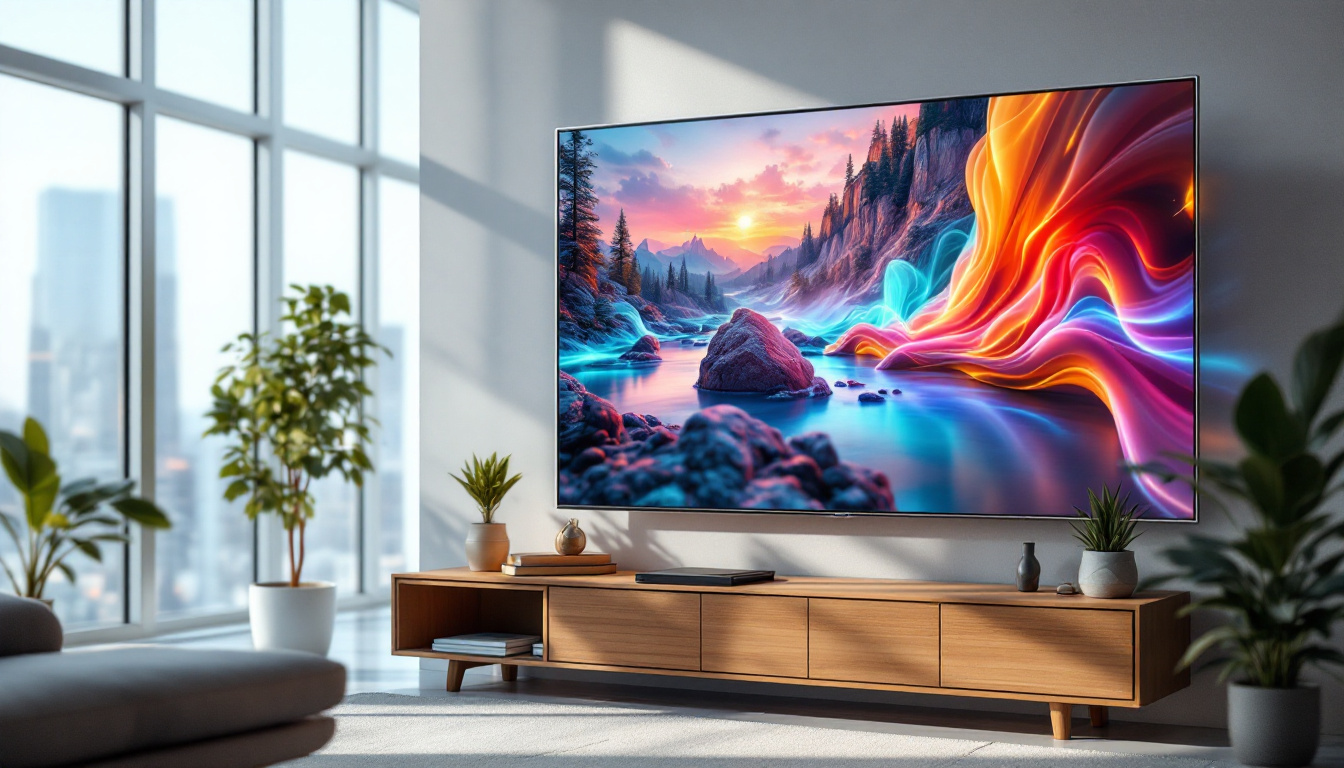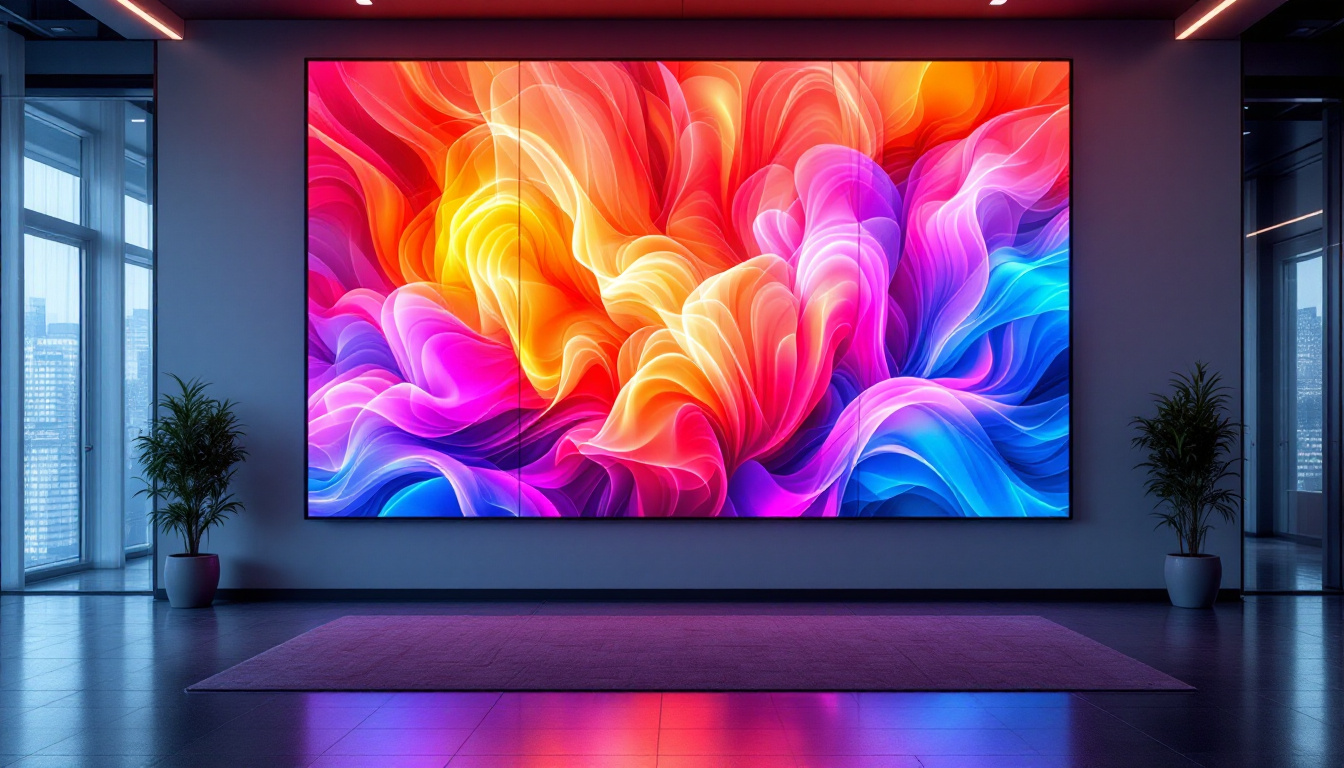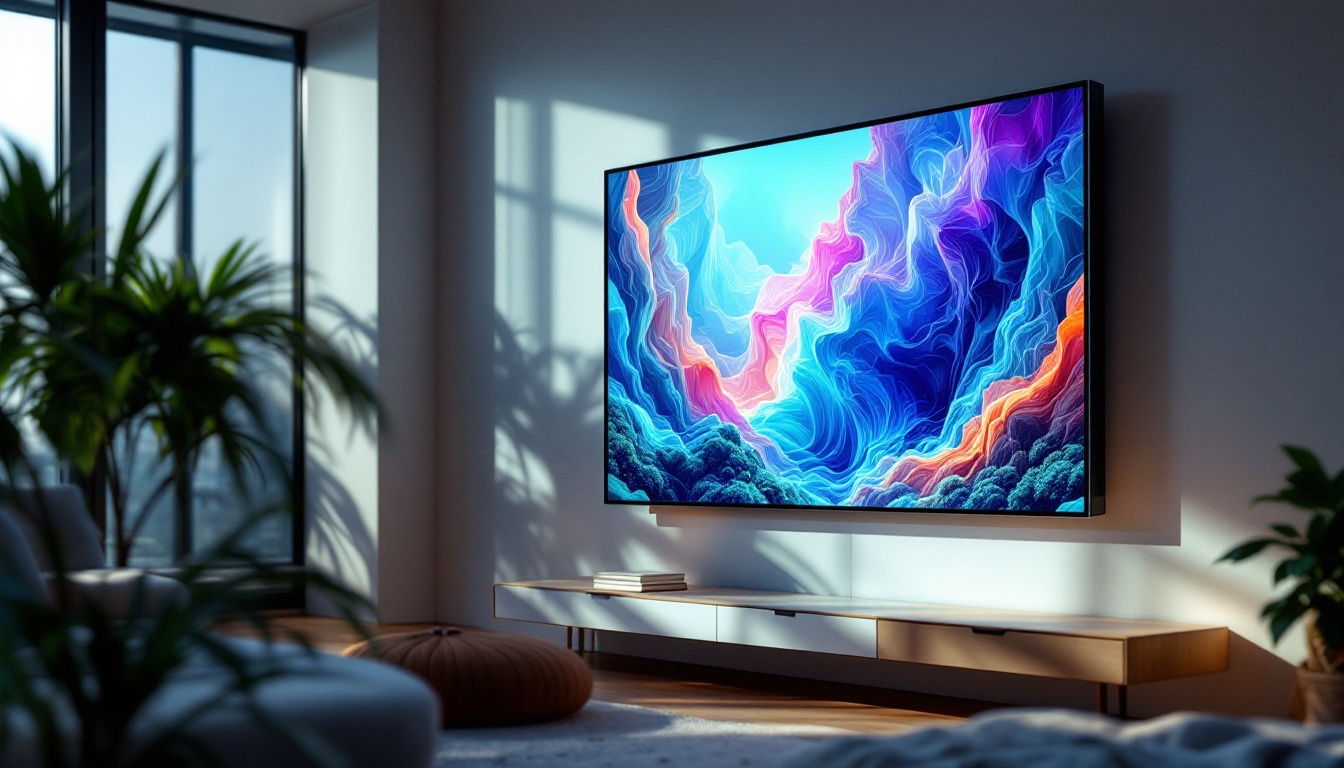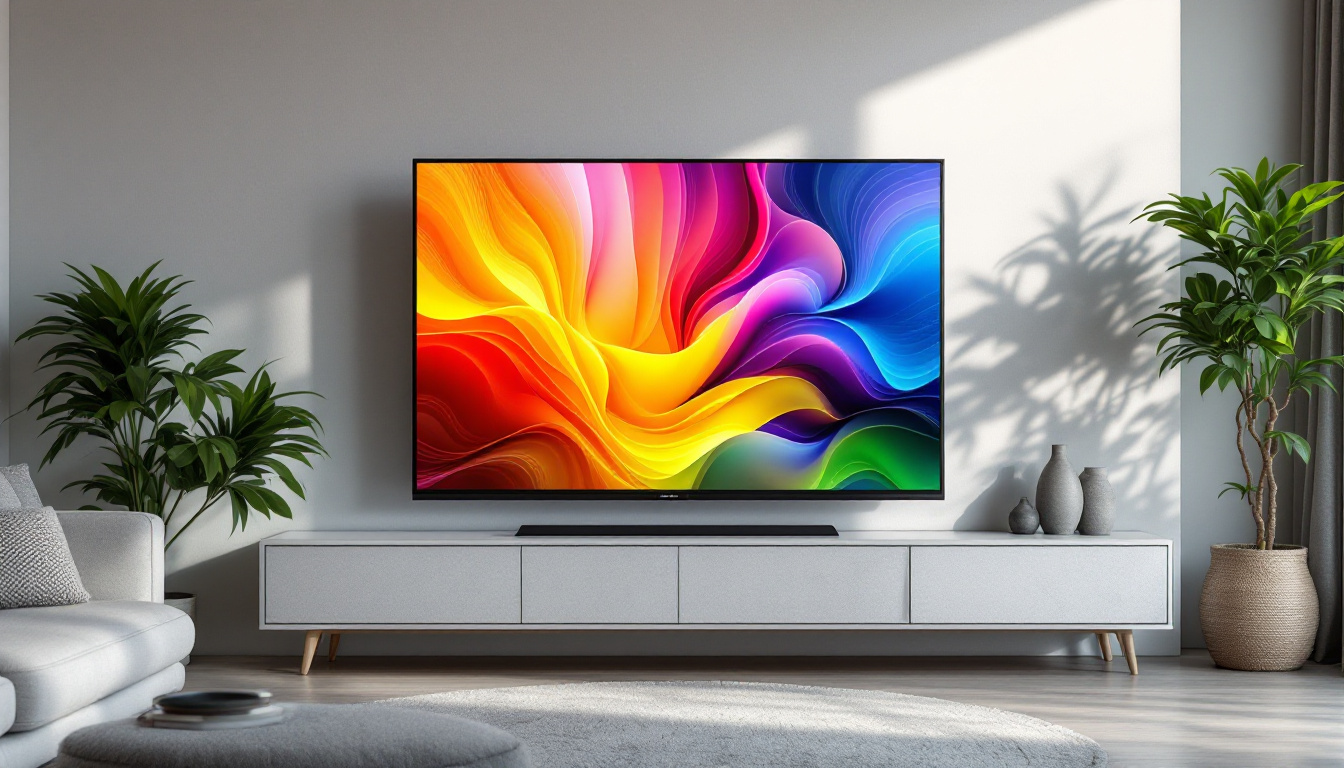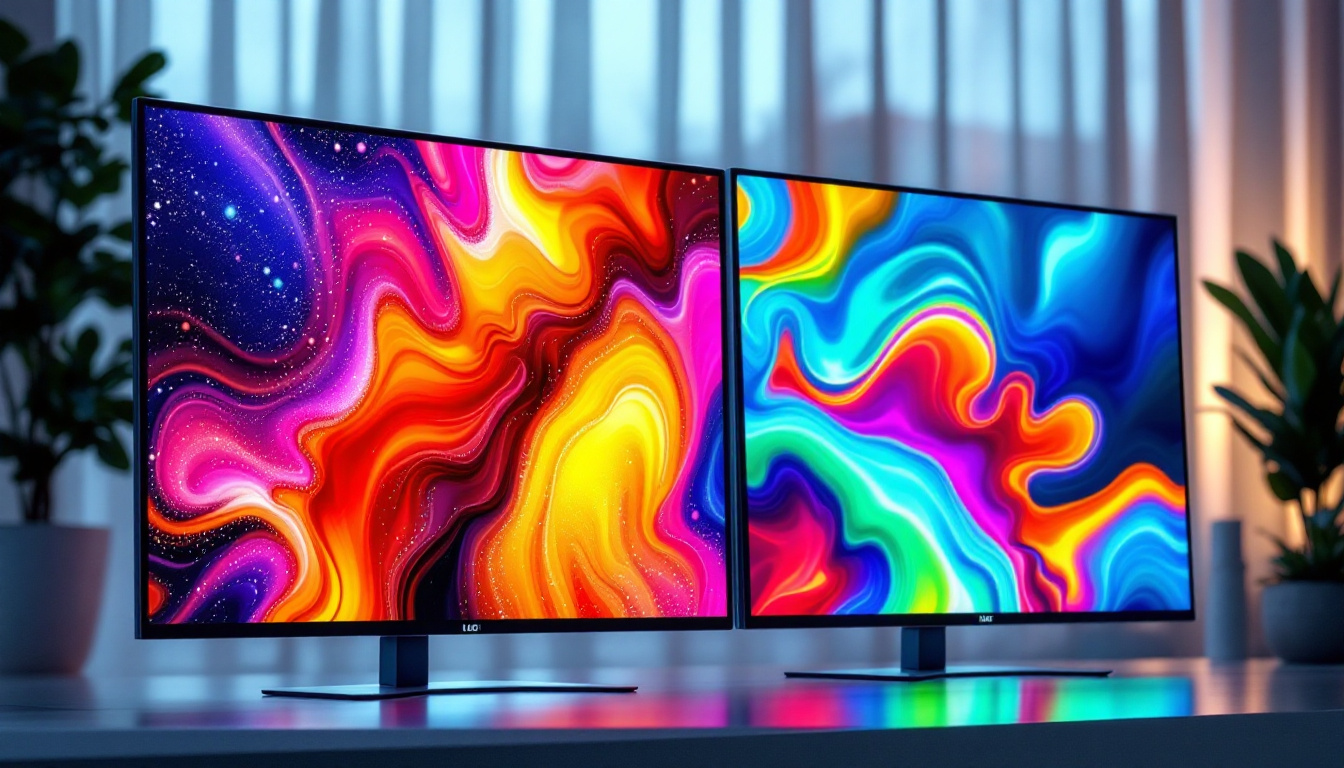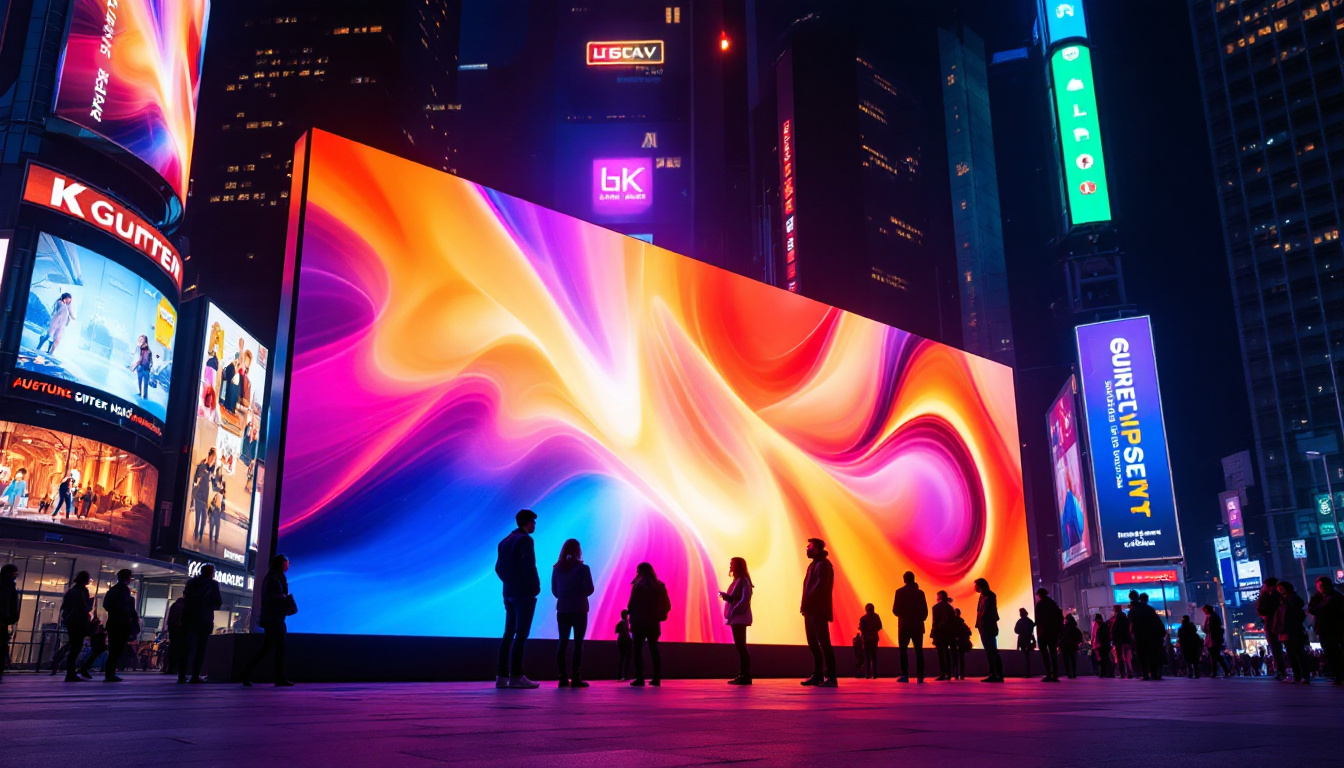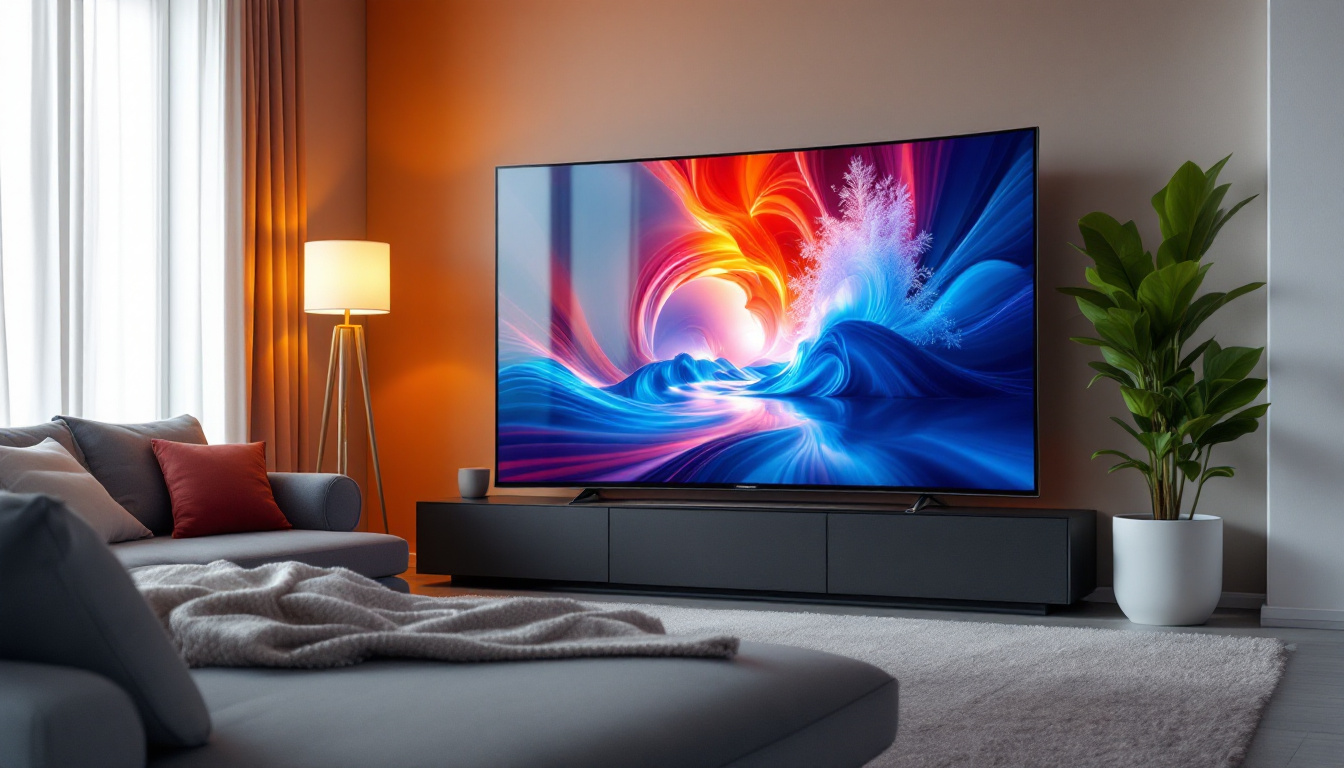Biggest LCD Screen: LED Display Explained
In the world of visual technology, the evolution of display screens has been nothing short of remarkable. Among these advancements, LCD (Liquid Crystal Display) screens have become a staple in both consumer electronics and commercial applications. However, the term “LCD” is often intertwined with “LED” (Light Emitting Diode) technology, leading to some confusion. This article aims to clarify the differences, explore the largest LCD screens available, and delve into the workings of LED displays.
Understanding LCD and LED Technology
Before diving into the specifics of the biggest LCD screens, it’s essential to understand the fundamental differences between LCD and LED technologies. While both are used to create high-quality displays, they operate on different principles.
What is LCD?
LCD stands for Liquid Crystal Display. This technology uses liquid crystals sandwiched between two layers of glass or plastic. When an electric current passes through the liquid crystals, they align in such a way that they either block or allow light to pass through. This process creates images on the screen.
LCD screens are known for their thin profile and lightweight design, making them ideal for a variety of applications, from televisions to smartphones. However, they require a backlight to illuminate the display, which is where LED technology comes into play. Additionally, LCD technology has evolved significantly over the years, with advancements such as IPS (In-Plane Switching) and VA (Vertical Alignment) panels. These variations improve viewing angles and color reproduction, making them suitable for professional graphic design and gaming.
What is LED?
LED, or Light Emitting Diode, is not a display technology on its own but rather a type of backlighting used in conjunction with LCD screens. LED backlighting enhances the brightness and contrast of LCD displays, providing better color accuracy and energy efficiency compared to traditional fluorescent backlights.
There are two main types of LED backlighting: edge-lit and full-array. Edge-lit LED displays have LEDs placed around the perimeter of the screen, while full-array displays have a grid of LEDs behind the entire screen. Full-array LED displays typically offer superior picture quality, especially in terms of contrast and color uniformity. Furthermore, the introduction of local dimming technology in full-array LED displays allows specific areas of the screen to dim or brighten independently, resulting in deeper blacks and more vibrant colors during scenes with high contrast. This innovation has made LED-backlit LCDs a popular choice for home theaters and gaming setups, as they provide an immersive viewing experience that rivals OLED technology in many respects.
The Largest LCD Screens Available
As technology has progressed, manufacturers have pushed the boundaries of screen size, resulting in some incredibly large LCD screens. These massive displays are often used in commercial settings, such as stadiums, airports, and shopping malls, as well as in home theaters.
Commercial Applications of Large LCD Screens
Large LCD screens are particularly popular in commercial environments where visibility and impact are crucial. For instance, digital signage in retail stores utilizes large LCD displays to attract customers and convey promotional messages effectively. These screens can range from 55 inches to over 100 inches, depending on the application.
In sports arenas, large LCD screens are essential for enhancing the spectator experience. They provide instant replays, live feeds, and other engaging content that keeps fans entertained throughout the event. The largest screens in stadiums can exceed 200 inches, offering a breathtaking visual experience.
Moreover, large LCD screens are increasingly being integrated into corporate environments for presentations and conferences. These displays facilitate clearer communication and collaboration, allowing teams to share information and visuals in real-time. Many companies utilize interactive LCD screens that enable touch capabilities, making it easier to engage with the content and enhance the overall presentation experience.
Home Entertainment: The Rise of Ultra-Large TVs
In recent years, the demand for ultra-large televisions has surged among consumers seeking an immersive home entertainment experience. Brands have responded by producing LCD TVs that measure 75 inches, 85 inches, and even larger. These massive screens allow viewers to enjoy movies, sports, and gaming in a way that closely resembles a theater experience.
Technological advancements, such as 4K resolution and HDR (High Dynamic Range), have further enhanced the appeal of large LCD TVs. These features deliver stunning visuals, making it possible to appreciate every detail on the screen, even at larger sizes. Additionally, many of these televisions now come equipped with smart technology, allowing users to stream content from various platforms seamlessly. This integration of technology not only enriches the viewing experience but also provides access to a vast library of entertainment options right at the fingertips of the consumer.
Furthermore, the design of ultra-large LCD TVs has evolved to complement modern home aesthetics. Manufacturers have focused on creating ultra-slim bezels and sleek profiles, making these screens not just functional but also a stylish addition to any living room. With the ability to mount these large displays on walls or incorporate them into furniture, homeowners can create a dedicated entertainment space that rivals any commercial cinema.
Key Features of Large LCD Screens
When considering large LCD screens, several key features play a significant role in determining their performance and suitability for various applications. Understanding these features can help consumers and businesses make informed decisions.
Resolution and Picture Quality
Resolution is one of the most critical factors affecting picture quality. The most common resolutions for large LCD screens are Full HD (1920 x 1080 pixels), 4K Ultra HD (3840 x 2160 pixels), and even 8K (7680 x 4320 pixels). Higher resolutions provide more detail, making them ideal for larger screens where pixel density is crucial.
In addition to resolution, technologies such as local dimming and wide color gamut contribute to improved picture quality. Local dimming allows specific areas of the screen to be dimmed independently, enhancing contrast and depth. A wide color gamut ensures that the display can reproduce a broader range of colors, resulting in more vibrant and lifelike images. Furthermore, advancements in panel technology, such as IPS (In-Plane Switching) and OLED (Organic Light Emitting Diode), have significantly improved viewing angles and color accuracy, making large LCD screens suitable for collaborative environments and public displays where multiple viewers are present.
Refresh Rate and Response Time
Refresh rate, measured in hertz (Hz), refers to how many times the screen refreshes the image per second. Higher refresh rates, such as 120Hz or 240Hz, provide smoother motion, which is particularly beneficial for fast-paced content like sports or action movies.
Response time, on the other hand, measures how quickly a pixel can change from one color to another. Lower response times are essential for reducing motion blur and ghosting effects, ensuring a clear and crisp image during fast-moving scenes. Additionally, many large LCD screens now come equipped with technologies like variable refresh rate (VRR) and adaptive sync, which dynamically adjust the refresh rate to match the frame rate of the content being displayed. This not only enhances the viewing experience for gamers and movie enthusiasts but also minimizes screen tearing and stuttering, providing a seamless visual experience across various types of media.
Comparing LCD and LED Displays
While the terms LCD and LED are often used interchangeably, it’s important to recognize their distinctions and how they complement each other. Understanding these differences can help consumers choose the right display technology for their needs.
Brightness and Color Accuracy
LED backlighting typically offers superior brightness compared to traditional LCD displays with fluorescent backlighting. This increased brightness allows for better visibility in well-lit environments, making LED-backlit LCD screens a popular choice for commercial applications.
In terms of color accuracy, LED technology can enhance the overall color reproduction of LCD screens. Full-array LED displays, in particular, excel in delivering vibrant colors and deep blacks, thanks to their ability to control local dimming effectively.
Energy Efficiency
Energy efficiency is another area where LED technology shines. LED backlighting consumes less power than traditional fluorescent backlights, resulting in lower energy bills and a reduced environmental impact. This efficiency is particularly advantageous for large displays that operate for extended periods.
Future Trends in LCD and LED Technology
The display technology landscape is constantly evolving, with new innovations on the horizon. As manufacturers continue to push the limits of LCD and LED technology, several trends are emerging that could shape the future of large screens.
MicroLED Technology
MicroLED technology is gaining traction as a potential successor to traditional LCD and LED displays. This technology utilizes tiny, self-emissive LEDs that can produce their own light, eliminating the need for backlighting altogether. MicroLED displays promise to deliver exceptional brightness, contrast, and color accuracy while maintaining a slim profile.
As MicroLED technology matures, it could lead to even larger screens with improved performance, making it a compelling option for both commercial and residential applications.
Flexible and Curved Displays
Another exciting trend is the development of flexible and curved displays. These screens can be bent or shaped to fit various environments, offering new possibilities for design and installation. Curved displays can enhance the viewing experience by providing a more immersive field of view, making them popular in gaming and home theater setups.
Conclusion
The world of LCD and LED displays is vast and continually evolving. Understanding the differences between these technologies, as well as the features that define large screens, is essential for making informed decisions. As manufacturers continue to innovate, the possibilities for large LCD screens will only expand, offering consumers and businesses alike an ever-growing array of options.
Whether for commercial applications or home entertainment, the largest LCD screens are setting new standards for visual quality and performance. As technology progresses, the future of display screens promises to be even more exciting, with advancements that will redefine how we experience visual content.
Discover LumenMatrix’s Advanced LED Display Solutions
Ready to elevate your visual experience with the latest in LED display technology? Look no further than LumenMatrix, a pioneer in the field, committed to bringing you innovative LED display modules for a variety of applications. From stunning Indoor and Outdoor LED Wall Displays to dynamic Vehicle and Sports LED Displays, LumenMatrix offers solutions that are designed to captivate and engage. Whether you’re looking to enhance your brand’s visibility or create an immersive environment with Custom or All-in-One LED Displays, LumenMatrix has the expertise to transform your space. Experience the future of visual communication today and check out LumenMatrix LED Display Solutions to share your message with unparalleled impact and clarity.




